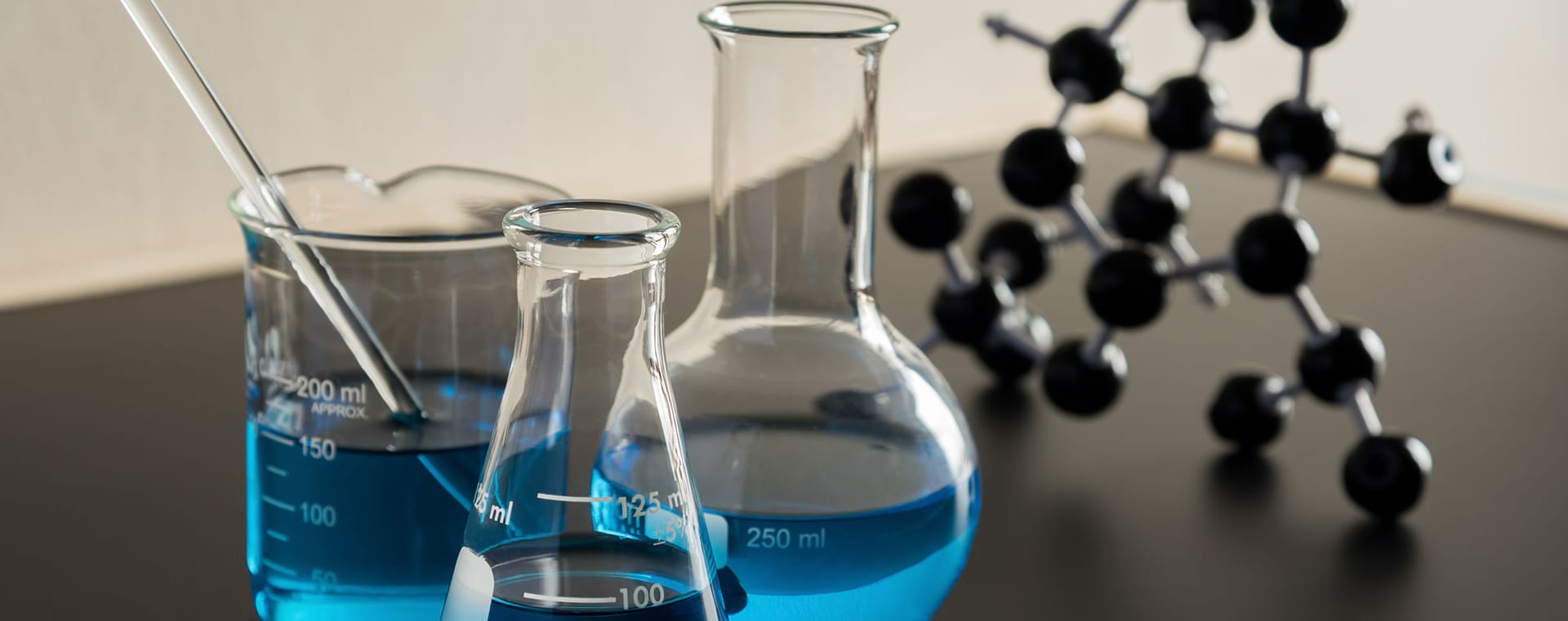Why use the collection containers delivered by Labsco?
Too often, a new customer or even a regular customer arrives at our premises with a sample already taken from the first bottle found and asks us to do tests. We have seen all kinds of them: a zip-lock bag containing 3-4 metal scales, a plastic bottle cut in half and closed with plastic wrap and elastic, or just an old Aquafina-style water bottle. Unfortunately, this often leads to a refusal to conduct the analyses.
Sometimes, when a sample is refused because of a non-compliant container, the customer perceives it as a whim. However, it is quite the opposite: we refuse samples to avoid billing our customers with analyses that are useless. Here are some reasons why the use of the containers handed over by Labsco is important.
Cleanliness and sterility
The last thing you want when you have your water tested is a false positive. In other words, you do not want to be told that your water is contaminated when it is not the case!
The containers offered by Labsco have been tested and are guaranteed free of contaminants that may interfere with the analyses for which they are intended. What it means: there are no traces of metals in the bottles for metal analysis and there are no bacteria in the bottles for bacteria testing. In the latter case, the containers are said to be sterile.
It is especially important not to contaminate the sample with the bottle; suppose we accept a sample taken from an old gourd in our laboratories, and the analyses show the presence of coliforms. Do coliforms come from the bottle or water? It could be one or the other, or both! A decision cannot then be made, and the analyses must be done anew on another sample, whereas the use of a sterile bottle would have ensured a reliable result.
Conservation
In an ideal world, a sample taken at 2:30 p.m. would be a photo of the state of its source at 2:30 p.m. In reality, this is not necessarily the case, as not all samples are stable. This is especially true for microbiology samples, as microorganisms can die or reproduce between sampling and analysis. In the case of chemical analyses, we can also observe the degradation of certain analytes over time.
Several means are used to prevent the samples from being altered between sampling and analysis. One of the first ways is to select containers made of an appropriate material. Labsco containers are usually made of plastic, often high-density polyethylene (HDPE). This plastic is resistant and not porous, which prevents the loss of analyte in plastic (yes, it is possible to lose some in the plastic). In some cases, plastic is not recommended, and glass containers will be preferred instead, which may itself be transparent or ambered to protect the sample from light if it is photosensitive.
Another way to avoid degradation is to put in a preservative. Again, the most egregious example is in microbiology, where an agent is put in place to neutralize chlorine to prevent bacteria and viruses from dying during transport. This would cause a false negative, and you would think that the water is safe while it is contaminated. In some cases, it is not possible to add a preservative to the sample, and the analyses must be carried out as soon as possible after sampling, or even on site if possible (e.g. pH).
Finally, samples are generally kept cold to prevent them from degrading. Why does the cold help? Simply because one of the main causes of sample degradation is bacterial development. This is true for several analyses, whether chemical, physico-chemical or microbiological. However, be careful not to freeze the samples to avoid inducing another modification to the sample. Generally, it is preferred to keep the samples in the refrigerator, between 3 and 7°C, and on ice or ice packs during transportation
Other considerations
There are still many reasons to use the containers provided by your laboratory: the safety of laboratory staff and samplers, good shape to facilitate analysis, the presence of a standardized label, etc. All of these points are relevant, and it is ultimately realized that the choice of container for sampling is far from trivial. Since most of us do not have extensive knowledge of chemistry and microbiology, it is best to seek advice from the experts and let them guide us.
Labsco scientists will be happy to discuss with you the analyses to be done to carry out your project and to provide you with the containers necessary for sampling. Contact us!
